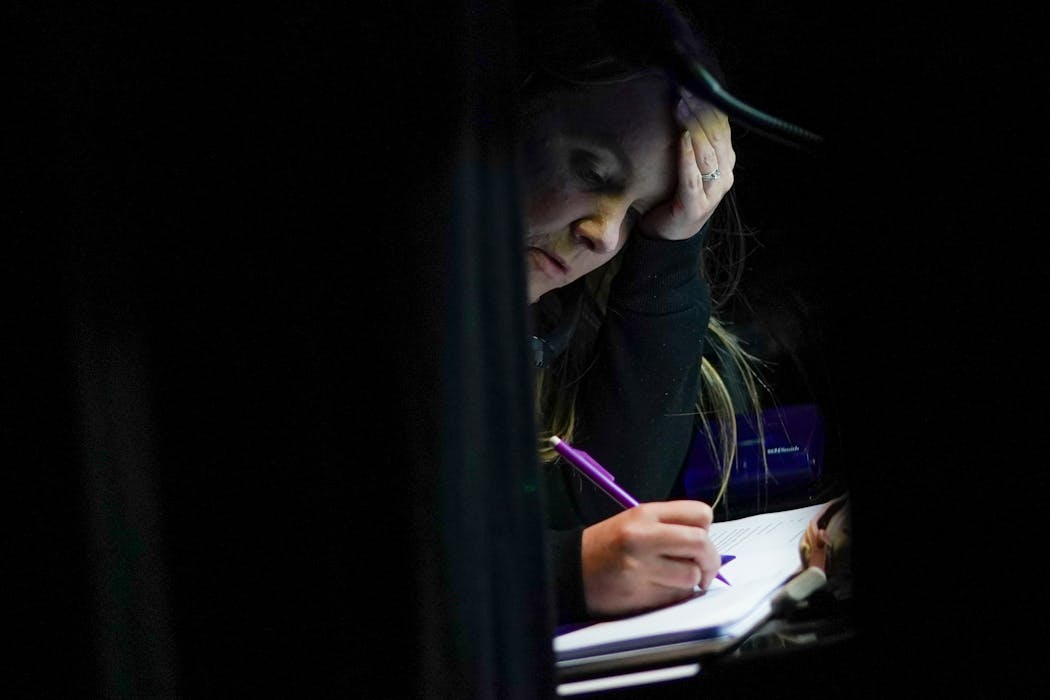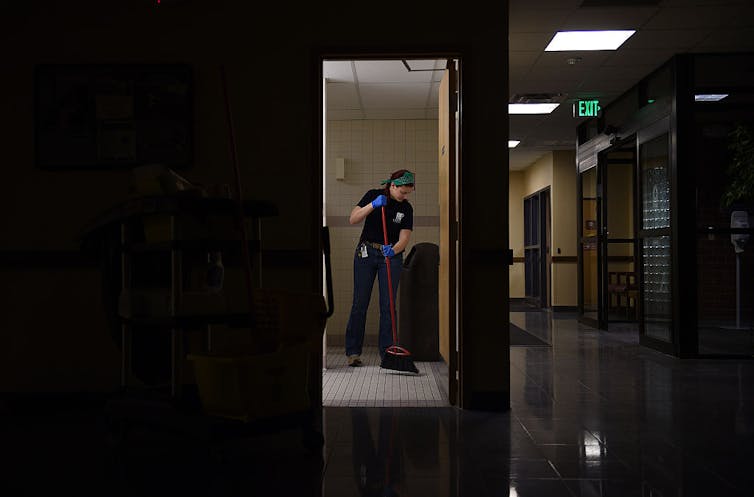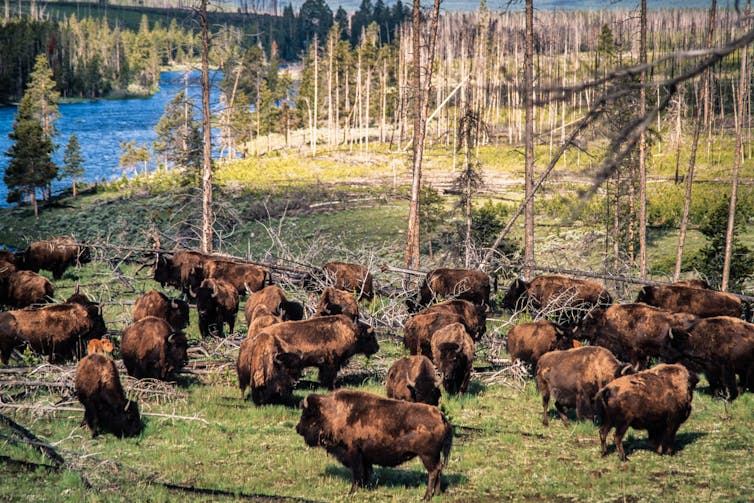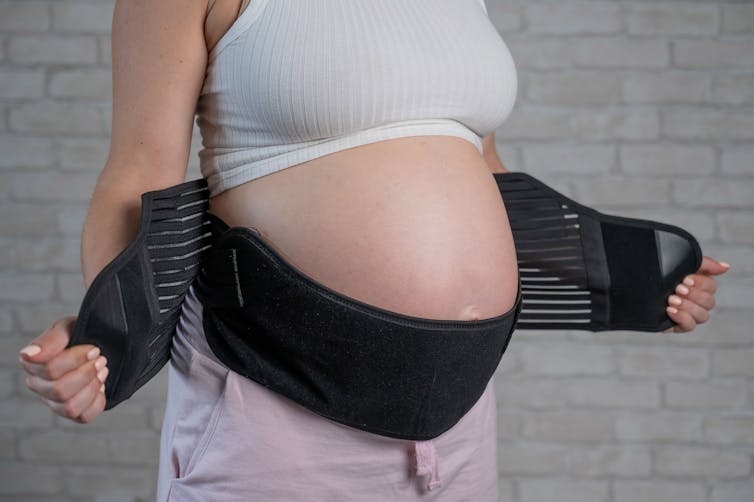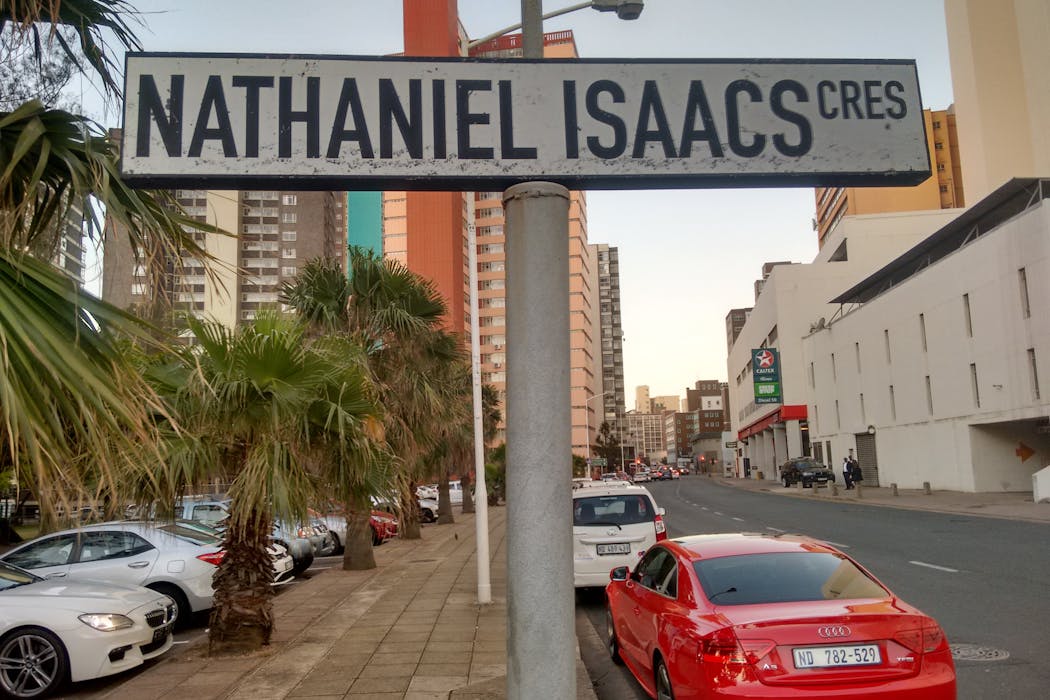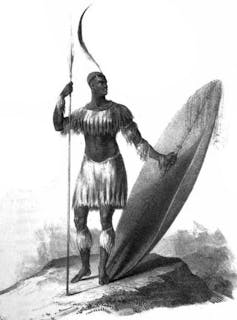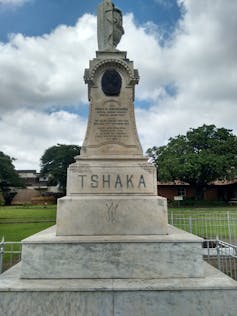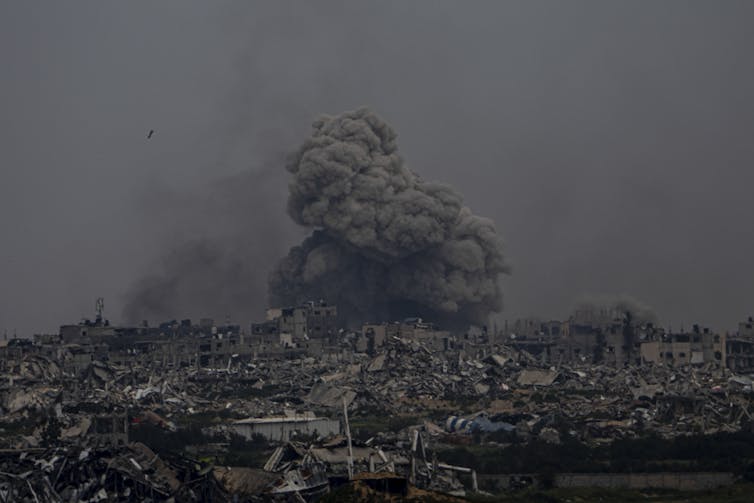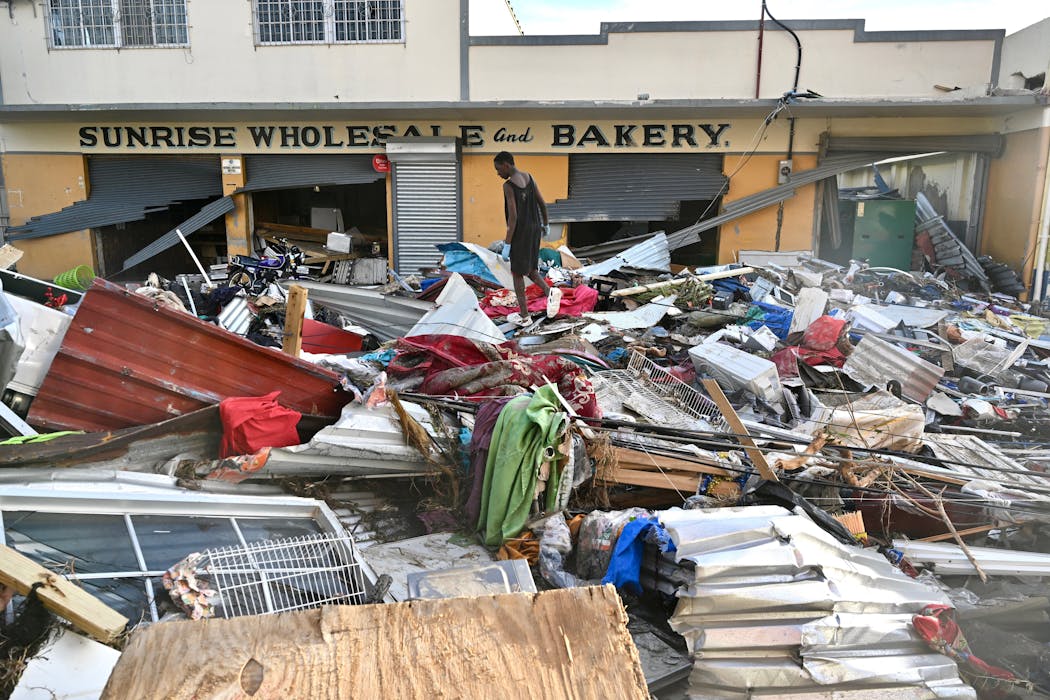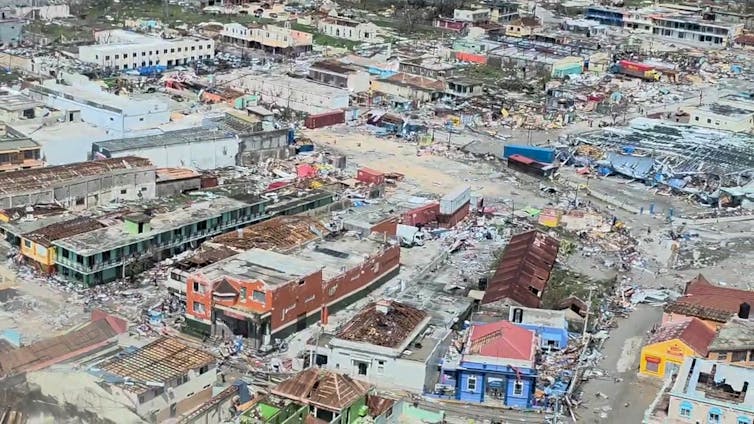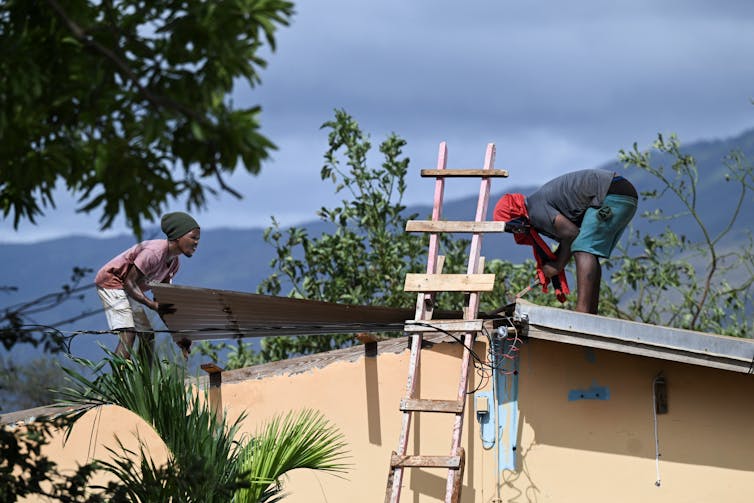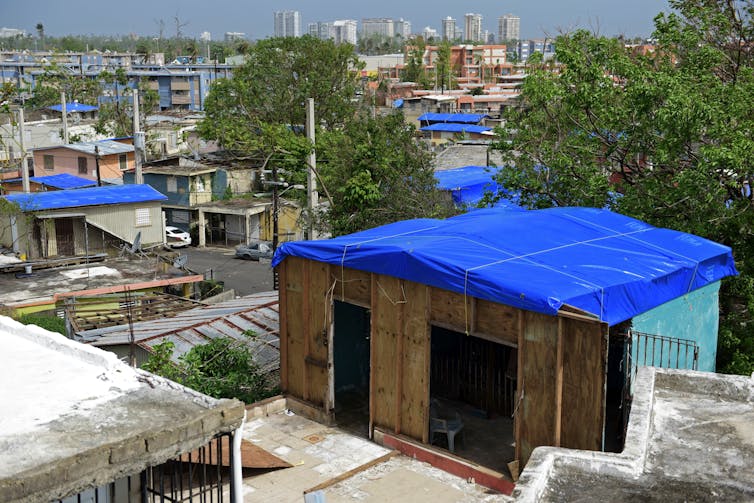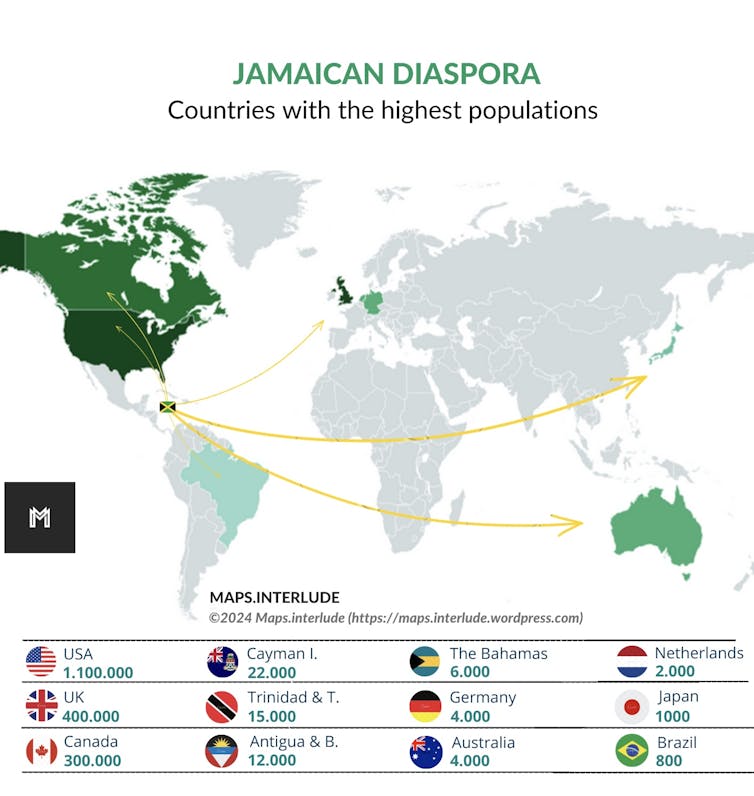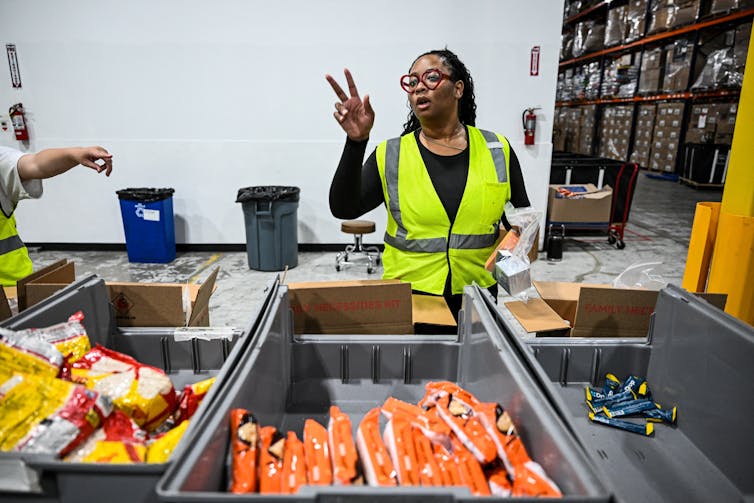Source: The Conversation – USA – By Shelley Mitchell, Senior Extension Specialist in Horticulture and Landscape Architecture, Oklahoma State University
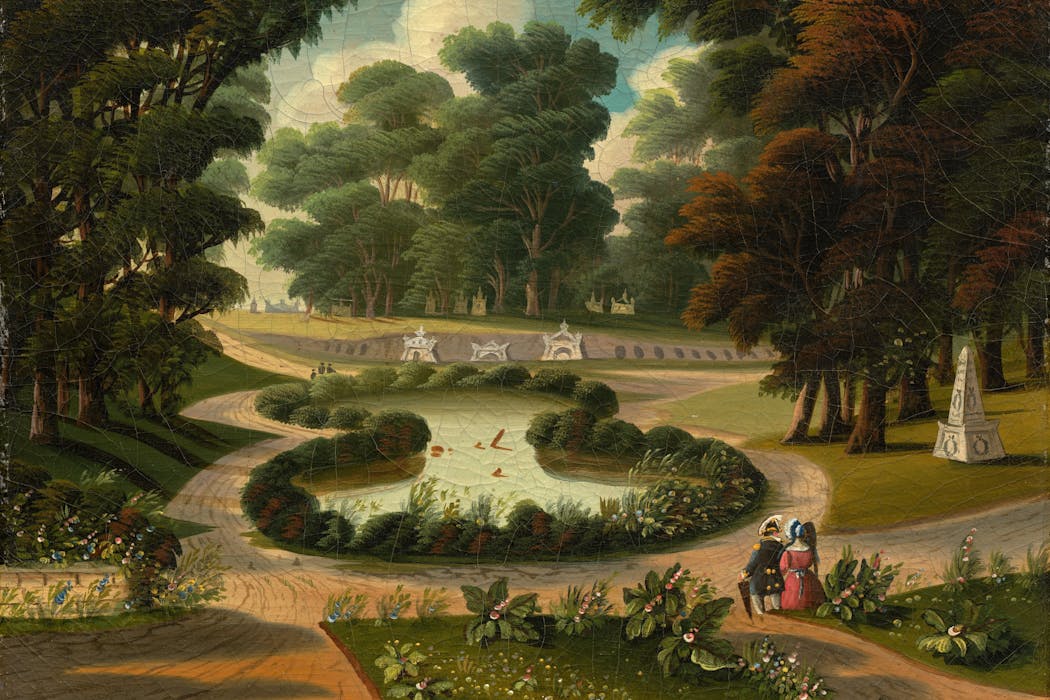
If you visit a cemetery, look closely and you’ll likely notice many flowering plants – adorning the graves, or maybe even carved into headstones.
As a horticulture Extension specialist and frequent geocacher, I often visit cemeteries in urban and rural areas across the country. The plants seen in cemeteries vary by climate as well as local history and culture. They are planted with purpose, often serving as symbols for the physical and spiritual realms.
Early rural cemeteries
In the early 1800s, cemeteries in the United States started separating from churchyards and common grounds of large cities, such as Boston Common. The population growth of cities quickly boxed in burial grounds, and they became overcrowded. The solution was rural cemeteries outside the city limits.

Heritage Art/Heritage Images via Getty Images
Mount Auburn, the first rural cemetery, was opened in 1831 in Cambridge, Massachusetts, in conjunction with the Massachusetts Horticultural Society. The developers kept the natural state in mind and drew inspiration from English landscape gardens and from a large cemetery in Paris: Père Lachaise – Napoleon’s solution for running out of space for burials in Paris.
Early rural cemeteries were closely linked with horticulture societies, and they became popular green spaces to visit to escape the pollution and crowds of the cities. The founder of one early rural cemetery, Laurel Hill outside Philadelphia, recorded all its plantings, representing over 175 different species, and created a guidebook.
Plants grown in cemeteries were selected not only based on whether they could grow in the climate, but also for the symbolism of their shapes and historical associations of their species. Plants frequently represented death and mourning, hope and immortality.
Weeping willow trees with their long, dangling branches were popular in cemeteries due to their dramatic emotional and visual effects. Evergreens symbolized eternal life. Deciduous trees represented the cycle of life because they lose their leaves in the winter, and flowers are comforting. Plants like iris and rose, which return every year, symbolized immortality.
Death in the Victorian era
Within a few decades of the beginning of the rural cemetery movement, the Victorian era began. Because of large numbers of dead from plagues and wars, death was a big part of Victorian life.
The Victorians were interested in floriography – “flower language” – and attached a symbolic meaning to almost every flower known. Consequently, flowers and other plants became commonplace on headstones.
This emphasis on botanical motifs on headstones contrasted the symbols that had been common on early gravestones in New England during colonial days. Many gravestones from those days had images such as winged skulls and crossed bones, representing the orthodox Puritan view that all humans were sinners. Mortal symbols on headstones were a reminder of death.
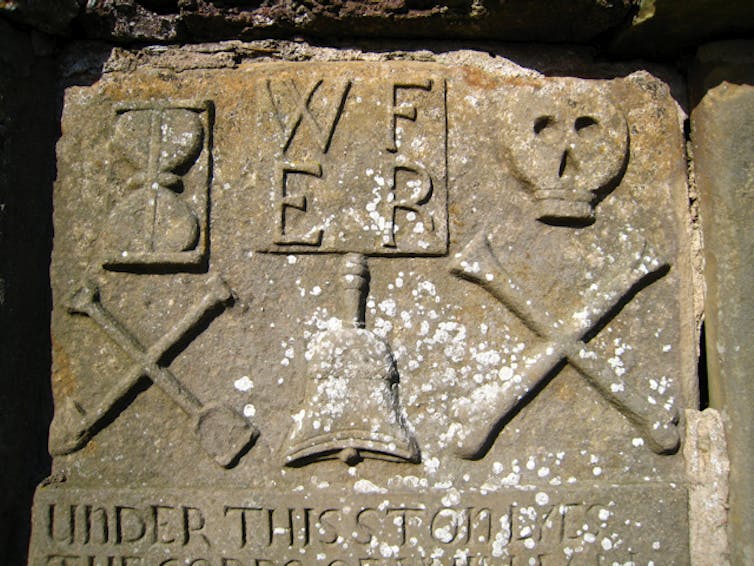
Martyn Gorman, CC BY-SA
Horticultural symbols
Each symbol’s meaning may vary with time and place. Some plants may represent a person’s ancestry or birthplace. A thistle on a headstone could represent someone of Scottish descent, while an Irishman might have a shamrock. Willow is a common symbol on Iroquois graves.
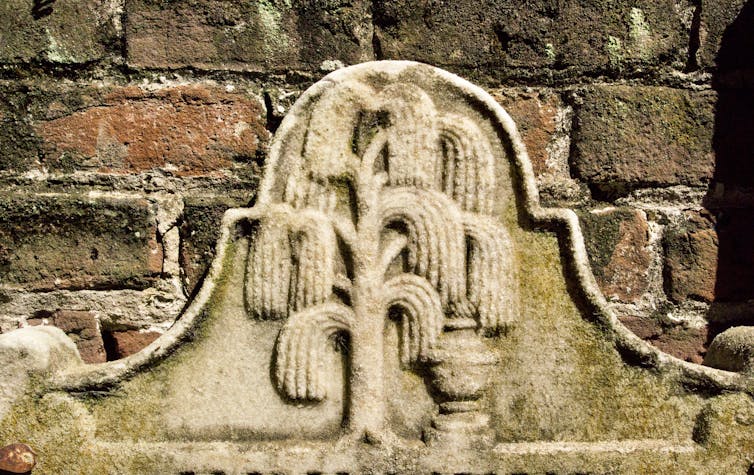
Pam Susemiehl/Moment via Getty Images
Yuccas, which can live for hundreds of years, can serve as headstones by themselves. African American or cemeteries for enslaved people sometimes used them as grave markers.
Statues of trees can also be gravestones, shaped as trunks, stumps or logs. The stump represents a life cut short. Branches can represent how many children the deceased had, or how many family members are in the plot. Trees can symbolize eternal life or the importance of family – as in a family tree.
These tree stones became popular in the Victorian era, reflecting common rustic design styles in Europe that included home decor featuring twigs, leaves, branches and bark. During this time of increasing urbanization, many people were nostalgic for simpler rural lives and nature.
Plants as religious symbols
Many religions have plants that are sacred and may appear on graves. In Buddhism and Hinduism, the lotus is a sacred symbol associated with spiritual enlightenment, purity and compassion.
Different facets of Christianity are represented in various ways: Grapes may represent the Sacraments, the palm Christ’s victory over death, the rose the Virgin Mary, and wheat the body of Christ.
On the Day of the Dead, people of Mexican descent use marigolds to decorate graves and form trails that lead to a home altar with the deceased’s favorite things.

Patricia Marroquin/Moment via Getty Images
Victorians used dandelions to symbolize love and grief and that life is not permanent: Its blowing seeds represent the soul’s journey upward.
Some plants represent careers or interests. Adolphus Busch, co-founder of the Anheuser-Busch brewery, has bronze hop flowers decorating his mausoleum. Corn or wheat could represent a farmer.
Flower symbolism
Some flowers traditionally represent particular values of the deceased or messages sent or received from beyond the grave. Daisies can stand for innocence and purity and are often found on children’s graves. Magnolias represent the deceased’s strength of character and leave a legacy of resilience.
Carnations represent affection, health and energy, while crocuses evoke cheerfulness. Oak trees symbolize strength, endurance, power and victory. Laurel, especially in the form of a wreath, has meanings that go all the way back to ancient Greece and is associated with someone of distinction in athletics, the military, or art or literature. Red poppies are associated with remembrance, particularly of World War I.
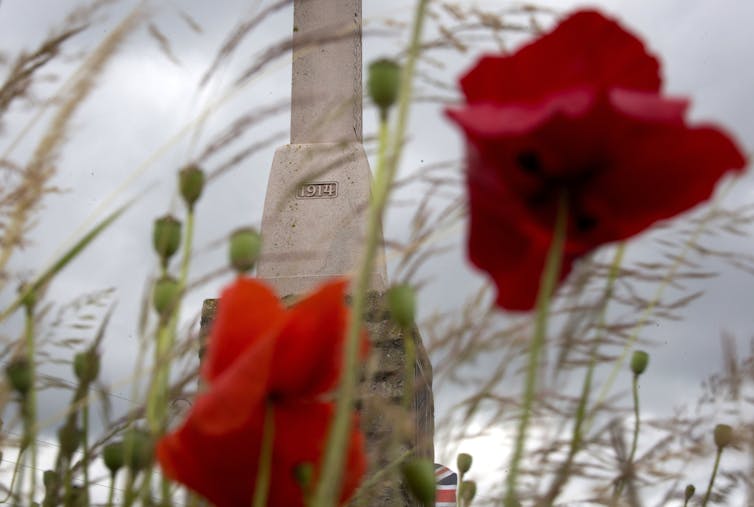
AP Photo/Virginia Mayo, FILE)
Herbs fall right in there with flowers in their meanings: Fennel means worthy of praise; garlic, courage and strength; mint, protection from illness; oleander, caution; and thyme ensures restful sleep.
The future of cemeteries
With more people choosing cremation and green burials, cemeteries aren’t selling as many plots. Cemetery horticulture may save the economic day for the cemetery business.
Some cemeteries are now offering gardening classes. A few urban beekeepers like to keep their bees in cemeteries where there are a lot of flowering plants. Cemeteries are becoming certified arboretums, a tourist draw. Citizen science projects have discovered insect and fungi species in cemeteries that are new to the scientific community or rarely seen in the area, or even the world. Rose enthusiasts come to cemeteries to harvest some heirloom varieties, and there is talk of growing edible crops in cemeteries in food desert areas of New York City.
Cemeteries may conjure images of death and decay, but the future for cemeteries is full of life.
![]()
Shelley Mitchell does not work for, consult, own shares in or receive funding from any company or organization that would benefit from this article, and has disclosed no relevant affiliations beyond their academic appointment.
– ref. Symbolism of cemetery plants: How flowers, trees and other botanical motifs honor those buried beneath – https://theconversation.com/symbolism-of-cemetery-plants-how-flowers-trees-and-other-botanical-motifs-honor-those-buried-beneath-268660

